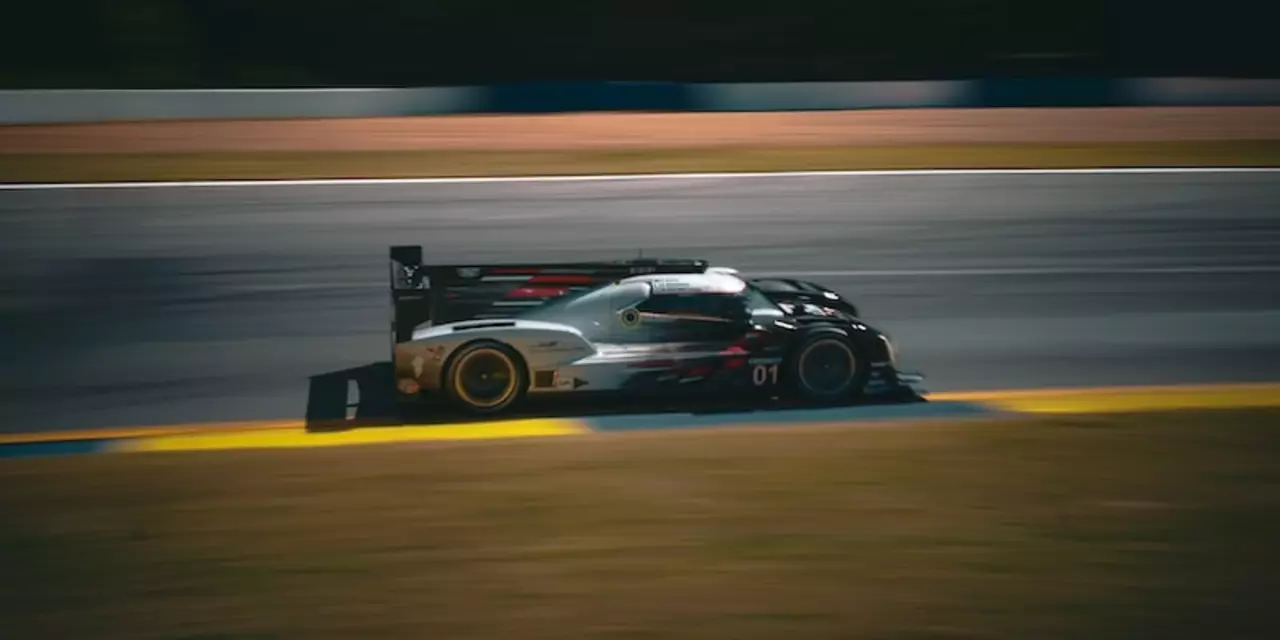Indy Racing – What You Need to Know
If you love speed, you’ve probably heard the roar of Indy cars on ovals and street circuits. Indy racing blends raw power with tight handling, giving drivers a crazy mix of G‑forces and strategy. In this tag page we pull together the most useful bits – from driver fitness to how Indy stacks up against F1 and Formula E.
Why IndyCar Is a Unique Challenge
First off, Indy cars are heavier than F1 machines but lighter than most touring cars. That means you need more muscle to fight the turns, especially on the famous 2‑mile ovals. The engines roar around 700 hp, and the tires are slick, so you feel every bump. Unlike Formula E, where you’re constantly juggling energy limits, Indy drivers push flat‑out for the entire race. The result? Bigger physical strain and a need for lightning‑quick reflexes.
Another factor is the variety of tracks. One weekend you might be on a high‑speed oval like Indianapolis, the next you’re weaving through narrow city streets in Long Beach. That switch forces teams to adapt setups fast, and drivers must be comfortable both on the flat‑out banking and tight corner‑to‑corner action. It’s this diversity that makes Indy a true test of all‑round skill.
Tips for Getting Into Indy Racing (or Just Understanding It Better)
Want to follow Indy more closely? Start by watching a race with the onboard camera. Seeing how drivers shift, brake, and manage tire wear gives instant insight. Next, check out driver fitness videos – many share their workout routines, which focus on neck strength and cardio. Those are the same muscles that keep you glued to the wheel at 200 mph.
If you’re thinking about actually getting on a bike and trying a track day, focus on bike control drills. Indy cars demand precise throttle input; the same principle applies to high‑performance motorcycles. Practice smooth roll‑ons and quick stops, and you’ll develop the feel that translates to a car’s pedal box.
Finally, join a local motorsport forum or club. Discussing race strategy, tire choices, and weather impacts with fellow fans sharpens your understanding. You’ll pick up insider terms like “push‑to‑pass” and “drafting” faster than reading a guide.
Bottom line: Indy racing is a blend of power, endurance, and split‑second decisions. Whether you’re a casual viewer or an aspiring rider, the tag page gives you the quick facts and practical tips you need to stay in the loop and maybe even step onto the track one day.
Is an IMSA DPi racing car faster than a F1 or Indy car?

IMSA DPi is a race car that competes in the IMSA WeatherTech SportsCar Championship. It is a combination of a Le Mans Prototype and a Daytona Prototype International, and is considered a very powerful type of racing car. While it is not as fast as a Formula 1 or Indy car, it is still very competitive and capable of achieving high speeds. It also has several advantages over other types of race cars, including its cutting-edge aerodynamics and aerodynamic balance. Ultimately, the IMSA DPi is a great racing car that can compete with some of the best in the world.
- February 16 2023
- Declan Whitmore
- 0 Comments